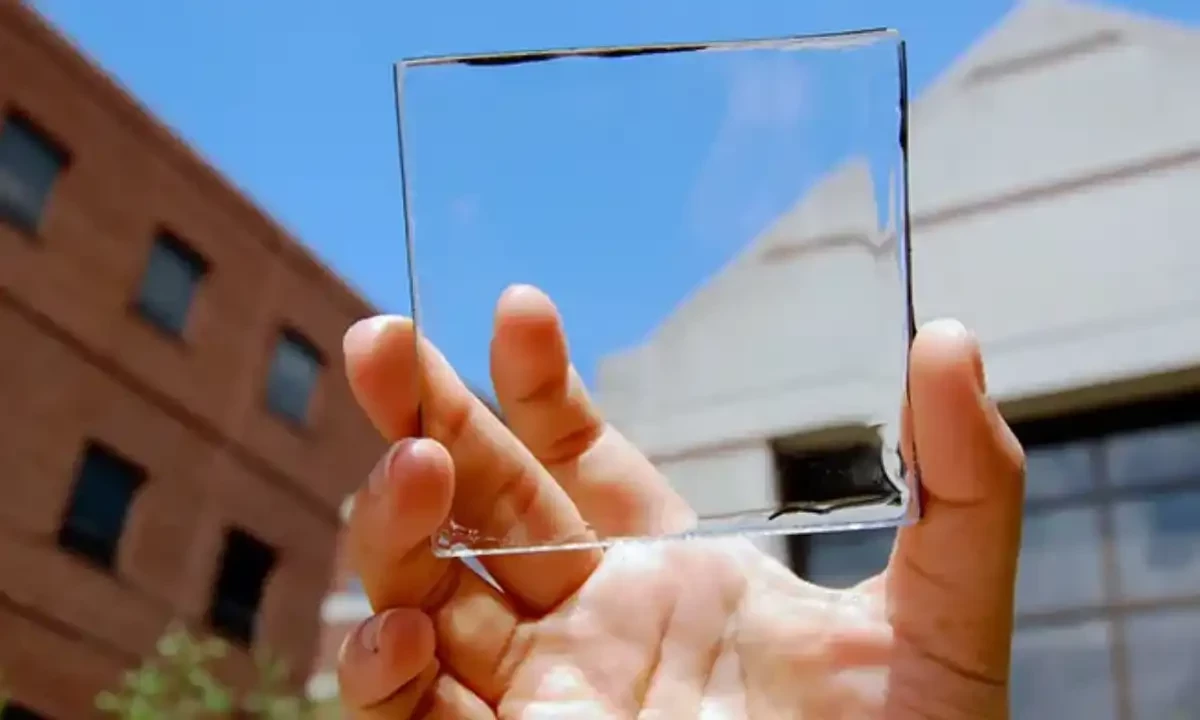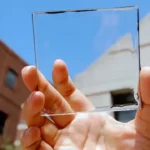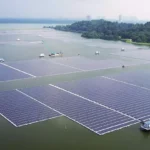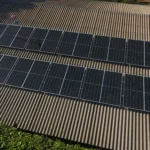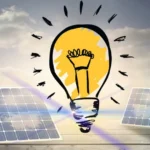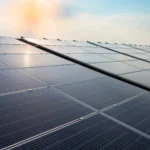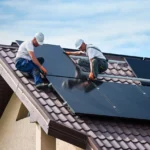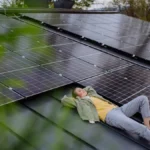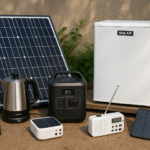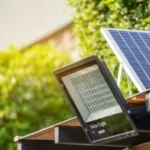What if your windows could double as power plants? Imagine sipping coffee in your sunlit kitchen while the very glass in front of you quietly generates electricity. That’s no longer science fiction; it’s the emerging reality of transparent solar panels.
This technology could completely transform how homeowners, eco-conscious individuals, and small businesses approach energy generation. Instead of relying only on rooftop panels, the entire surface of a building, from skylights to storefront glass, could help offset electricity bills.
In this article, we’ll dive into the potential of transparent solar panels, their limitations, and how they compare to traditional panels. We’ll also cover real-world solar tips, common maintenance mistakes, and the latest innovations in energy storage and EV charging.
What Are Transparent Solar Panels?
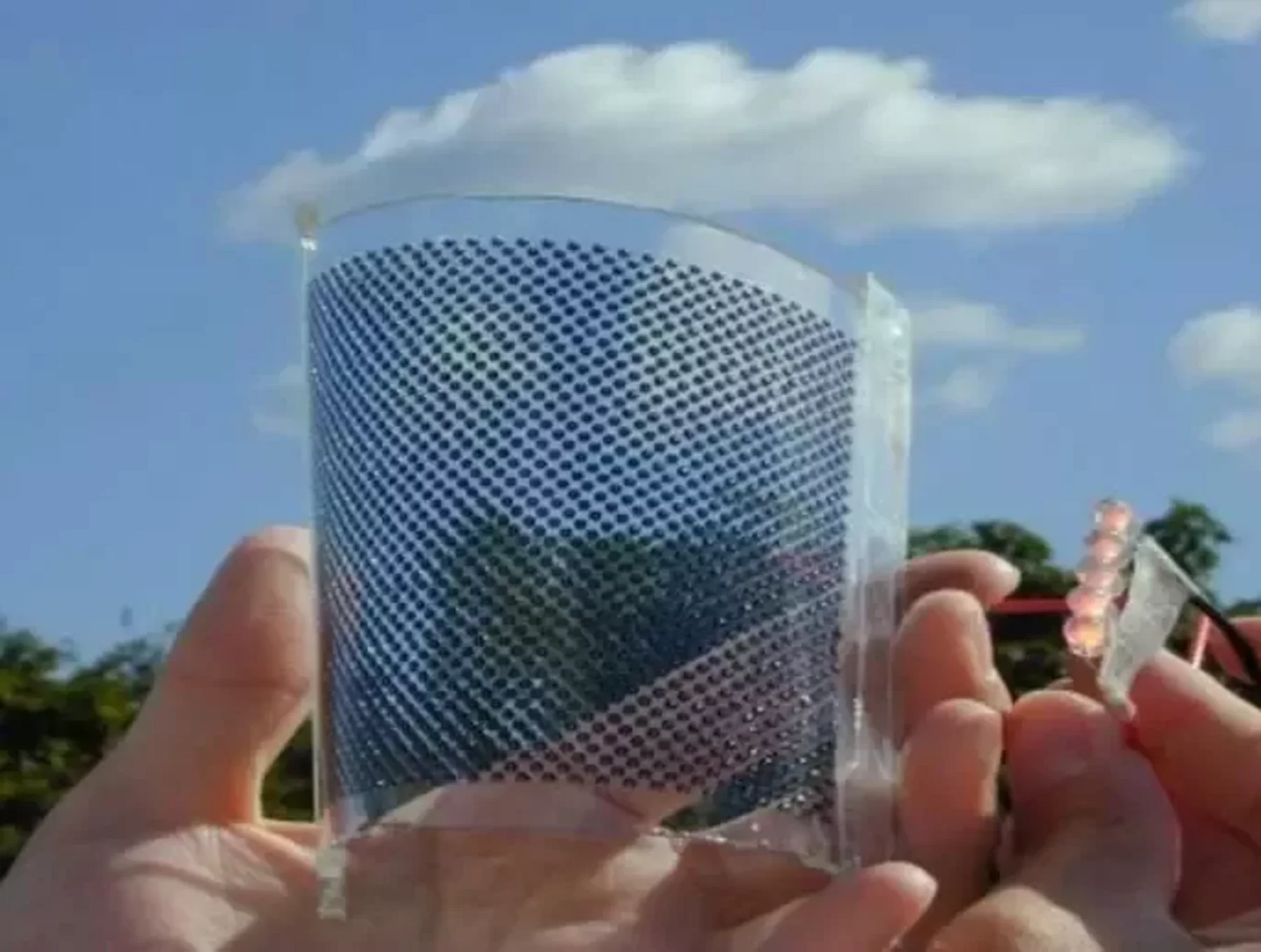
Transparent solar panels (also called solar windows or photovoltaic glass) are specially engineered panes that capture solar energy while still allowing light to pass through. Unlike traditional blue-black silicon panels, these use organic photovoltaic coatings or thin-film technology.
Key facts:
- They let through visible light but absorb invisible wavelengths (UV and infrared).
- Efficiency is currently lower than standard panels—around 5–10%, compared to 18–22% for crystalline silicon.
- They can be integrated into windows, facades, and even car sunroofs.
According to research from the National Renewable Energy Laboratory (NREL), transparent solar could one day contribute up to 40% of U.S. electricity demand if adopted widely across glass surfaces in buildings.
Why Transparent Solar Panels Matter
For homeowners, rooftops aren’t always ideal: shading from trees, awkward roof pitches, or strict HOA rules can limit installation. Transparent solar panels offer new possibilities:
- Aesthetic appeal: No bulky rooftop equipment.
- Dual use of space: Windows and facades pull double duty.
- Urban potential: High-rise buildings with limited roof area could still produce substantial energy.
However, it’s important to be realistic. Transparent panels will not replace traditional panels anytime soon. Instead, they’ll complement them—think of them as bonus generation on surfaces you already use.
Real-World Experience: A Homeowner’s Perspective
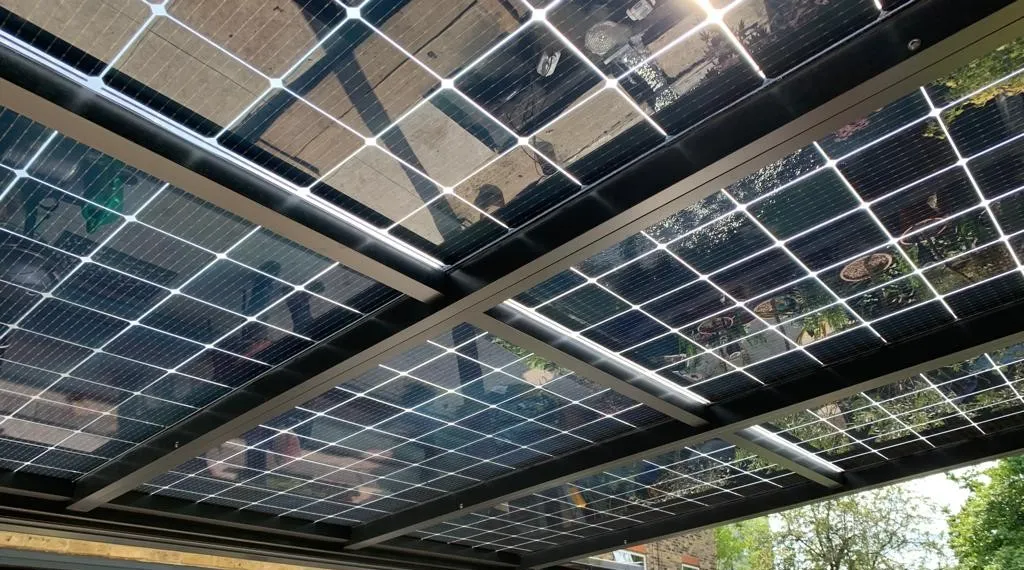
Last summer, one of my consulting clients, a small business owner running a boutique café, installed a hybrid setup. Their roof held six traditional 400W panels, but they also retrofitted their south-facing windows with early-stage transparent solar glass.
The results? The rooftop array produced the bulk of their power, but the transparent panels generated enough to offset the café’s lighting load during the day. While the payback period is more extended for the glass, the aesthetic and branding value (“we run on solar windows”) drew eco-conscious customers.
This is a perfect example of transparent panels’ niche today: not a full solution, but a meaningful addition.
How Transparent Solar Panels Compare to Traditional Panels
| Feature | Transparent Panels | Traditional Panels |
|---|---|---|
| Efficiency | 5–10% | 18–22% |
| Visibility | See-through | Opaque |
| Cost (per watt) | Higher (emerging tech) | Lower (mature tech) |
| Best Use Case | Windows, facades, skylights | Rooftops, ground mounts |
| Lifespan | 20+ years (still under study) | 25–30 years proven |
Bottom line: transparent solar panels are not a replacement but a complementary technology.
Solar Efficiency Loss: The Dirt Factor
Even with traditional panels, output isn’t just about efficiency on paper. In the field, dirt, pollen, and bird droppings can cut energy yield by up to 20%.
I’ll never forget visiting a client who called me about “inverter failure.” Turns out, their panels hadn’t been cleaned in nearly a year. After a basic rinse and soft-brush cleaning, their inverter readings jumped back to normal, no hardware issue at all.
Tip for homeowners:
- Check panels every 3–4 months.
- Use a soft brush and mild soap if needed.
- Avoid high-pressure washers, which can damage seals.
Transparent panels may be even more prone to smudges and streaks since they function as windows, making regular cleaning essential.
Smart Inverters and Troubleshooting

A solar system is only as good as its inverter. Modern smart inverters do more than convert DC to AC. They also:
- Provide real-time monitoring
- Detect grid disturbances
- Allow remote troubleshooting
If your system ever underperforms:
- Step 1: Check shading and soiling.
- Step 2: Review your monitoring app for fault codes.
- Step 3: Power cycle the inverter if safe to do so.
- Step 4: Call a licensed installer for persistent errors.
Transparent panels integrate with the same inverter setups as standard panels, so troubleshooting follows the same process.
Solar + EV Charging: The Next Step
One exciting synergy is charging your EV with home solar. A 400W rooftop panel generates about 1.6 kWh per day (under good conditions). That translates to 4–5 miles of EV range daily per panel.
For homeowners considering solar EV charging:
- Install at least 10 panels to meaningfully offset charging.
- Pair with a Level 2 EV charger for overnight refills.
- Consider a battery system to store excess daytime energy.
Transparent solar panels in car sunroofs are already being tested. Hyundai’s Sonata Hybrid, for instance, includes solar glass that can trickle-charge the battery. The gains are small, but it’s a glimpse of future potential.
Off-Grid and Backup Systems
For rural homeowners or those preparing for outages, off-grid setups combine:
- Traditional solar panels (main generation)
- Solar batteries (like the Tesla Powerwall or Enphase IQ)
- Smart inverters (for system management)
Transparent solar panels could eventually play a role here too. Imagine cabin windows pulling double duty. But for now, they’re still best considered secondary generation.
Common Mistakes to Avoid in Solar Installations
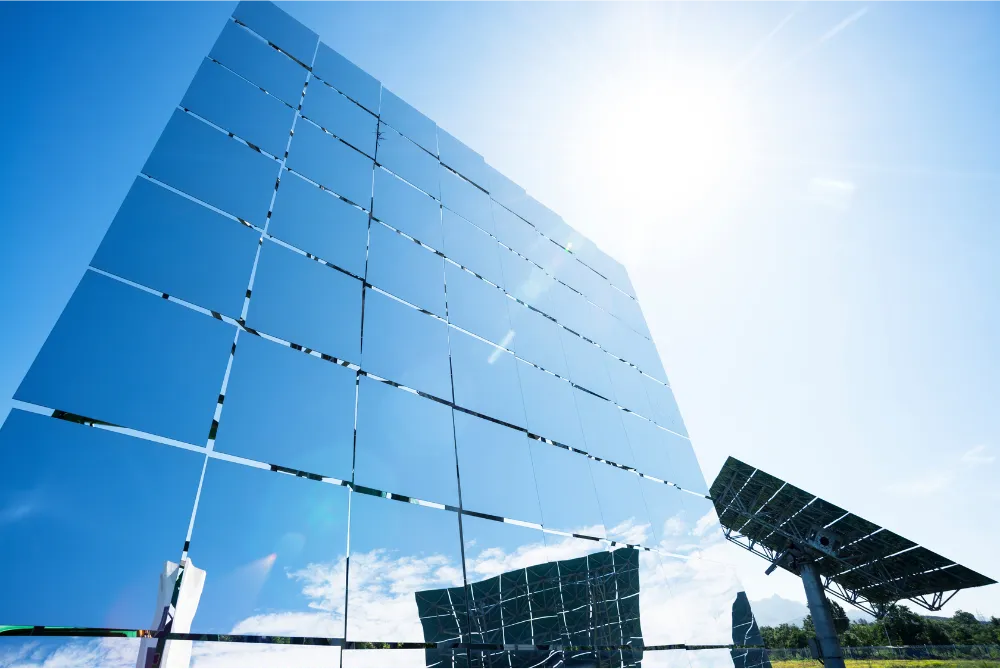
1. Underestimating roof shading
Even partial shading on one panel can drag down a string. Microinverters or power optimizers can help.
2. Skipping maintenance
Dirt, leaves, and snow can reduce output drastically.
3. Ignoring inverter monitoring
Many homeowners don’t check their apps until a big bill arrives.
4. Poor sizing for EV charging
A few panels won’t cover a Tesla’s daily demand. Plan realistically.
5. Believing hype around “zero bills”
Solar cuts costs dramatically, but most homes still need grid backup.
Transparent solar panels don’t solve these issues. They add new opportunities but require the same diligence.
ROI and Payback Periods
Traditional rooftop systems in the U.S. average a 6–9 year payback, depending on incentives and utility rates. Transparent panels, being newer and pricier, often have a longer payback horizon potentially 12–15 years.
However, they can add non-financial value: aesthetics, eco-branding for businesses, and new architectural possibilities.
The Road Ahead: Future of Transparent Solar
Researchers are racing to improve both efficiency and cost. According to a 2023 study by Michigan State University, transparent solar efficiency could reach 15% within the next decade. That would be a game-changer for adoption.
We may soon see:
- Office towers with solar windows powering entire floors
- Cars with solar glass roofs trickle-charging batteries
- Homes with skylights generating daily power
Final Thoughts: Should You Consider Transparent Solar Panels?
If you’re a homeowner or small business owner, transparent solar panels probably aren’t your first step. Start with traditional rooftop or ground-mounted panels for proven, cost-effective savings.
But if you’re building new, retrofitting windows, or simply want to future-proof your property, transparent solar panels are worth watching closely. They may not deliver massive savings today, but they signal where the industry is headed.
If your panels haven’t been cleaned in over 3 months, you could already be losing 10–20% of your energy output, whether they’re traditional or transparent.
Schedule a solar inspection today and start maximizing your investment.

